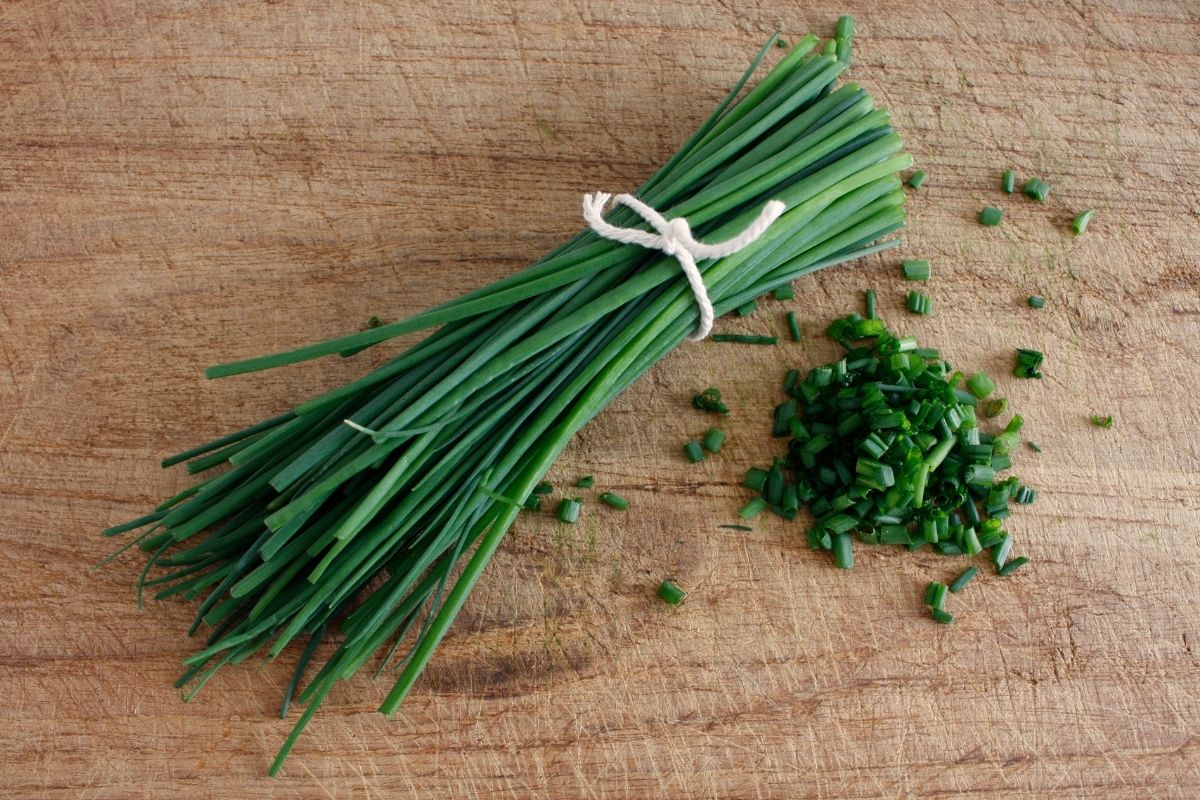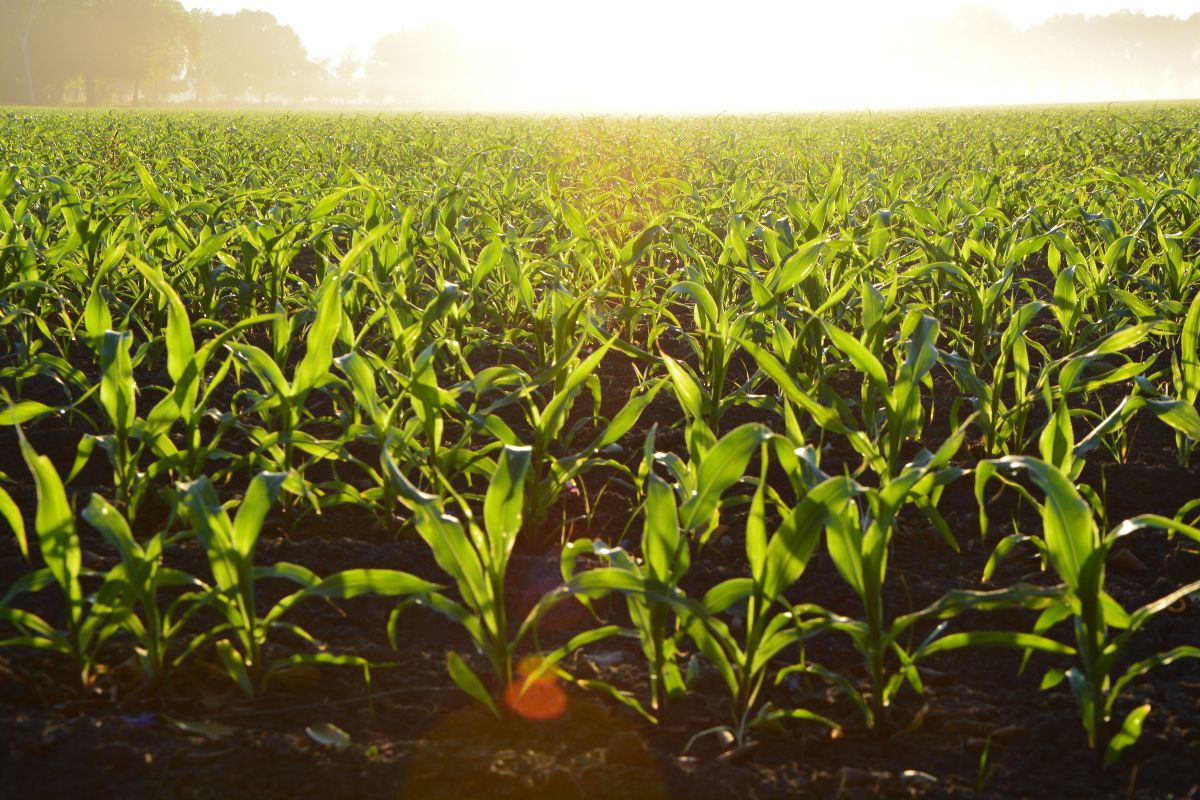Chives are a perennial herb that has been grown for thousands of years, and is used in many cultures around the world as an important culinary ingredient.

It’s one of those herbs that you can grow from seed or transplant directly into your garden.
You can find chives growing wild throughout Europe, Asia, Africa and North America.
They have a long history of use by Native Americans, who used them to make tea and medicine.
Today, they are still commonly found growing along roadsides and other areas where people walk through the grass.
The leaves of chives are very aromatic, with a mild onion-like flavor. The flowers are small and white, and the plant grows up to three feet tall.
Chives can be harvested at any time during the year, but it’s best when the plants are young and fresh.
If you harvest them before they flower, the seeds will not develop properly.
Chives are easy to grow from seed, and you can start them indoors about six weeks before planting out in the ground.
When you buy chive seeds, you should get a mix of green and purple varieties.
Green ones mature more quickly than purple ones, so if you want to plant them early, choose the green variety.
Growing chives from seed is simple. Simply soak the seeds overnight in water, then drain them well.
Place them on damp paper towels, cover them with another sheet of damp paper towel, and place something heavy (such as a book) on top to keep them moist.
Keep this process going until the seeds sprout. When they do, remove the paper towels and gently move the seeds to individual pots filled with potting soil.
Water thoroughly, keeping the soil evenly moist.
After two weeks, you can begin to harden off the seedlings by exposing them to cooler temperatures. Move them outdoors after all danger of frost has passed.
You should continue to give the plants plenty of light and water, and fertilize them once a month.
As soon as the first true leaves appear, pinch back the tops to encourage bushy growth.
Once the plant begins to flower, cut the stems down to 5 inches, and allow the plants to reseed themselves.
How To Grow Chives From Transplants
Growing chives from transplants is also relatively straightforward. Dig a hole twice as wide as the root ball, and deep enough to accommodate the entire root ball.
Fill the bottom part of the hole with organic compost, and add some fertilizer to help promote strong roots.
Plant the chives in the center of the hole, and fill in the rest of the space with soil. Water the new plants thoroughly, and wait for them to become established before harvesting.
How To Protect Chives From Freezing
If you live in an area with cold winters, you may need to protect your chives from freezing.
This can be done by covering the plants with a tarp or plastic wrap while they are dormant.
Remove these covers when the weather warms up again.
How To Harvest Chives
Chives can be harvested anytime between spring and fall; however, the best time to pick them is when they are just beginning to bloom.
Cut the stems close to the base, leaving about 1 inch of stem attached. Tie the stems together in bundles, and hang them upside down in a cool, dry location.
Let the chives dry completely, and store them in airtight containers. You can use the dried chives immediately, or freeze them for later use.
Where Can I Purchase Chive Seeds?
Chive seeds are available at most grocery stores, nurseries, and garden centers. They can also be ordered online.
Benefits Of Growing Chives
Chives have many benefits. Their leaves are packed full of vitamins A and C, which boost immunity.
They contain trace amounts of calcium, magnesium, potassium, phosphorus, iron, zinc, copper, manganese, and selenium.
These nutrients provide support for overall health.
Chives are also used to make tea and sauces. They impart a pleasant aroma and taste to foods.
Chives are good for cooking because their flavor lasts longer than other herbs. Chives are great for garnishing dishes, especially salads.
The flowers of chives are edible, and can be added to salads. The blossoms are milder than the leaves, so they don’t overwhelm the salad.
You can also grow chives in almost any type of soil, but they prefer rich, loamy soils that are well-drained.
Other Tips
Chives are easy to grow and require little maintenance. However, it is important to remember that chives will not tolerate drought conditions.
If you plan to grow chives indoors, you should consider using a grow light.
Chives like bright sunlight, but if you want to grow them outside, you should try to position them where they get morning sun.
When growing chives outdoors, you should apply a slow release fertilizer every three months.
Avoid applying nitrogen-based fertilizers, such as ammonium nitrate, as this could cause the plant to produce too much foliage.
When planting chives, avoid planting them near onions, garlic, leeks, shallots, scallions, and other members of the Allium family.
These vegetables are known to repel each other, causing problems for both plants.
Conclusion
To conclude, you can grow chives in your backyard, and enjoy all of their wonderful qualities. They are easy to grow, and can be enjoyed year round.
They add a nice touch to your meals, and can even be used to create delicious recipes. Growing chives doesn’t take long, and it is very rewarding.
Once you start growing them yourself, you won’t be able to stop!
- Pull Sprouts: 1 Potato Peel, 200 Plants - July 7, 2022
- Creeping Thyme: Flowering Herb And Ground Cover - July 7, 2022
- East meets Midwest in the garden of Linda Brazill and Mark Golbach, Part 1 - July 7, 2022







